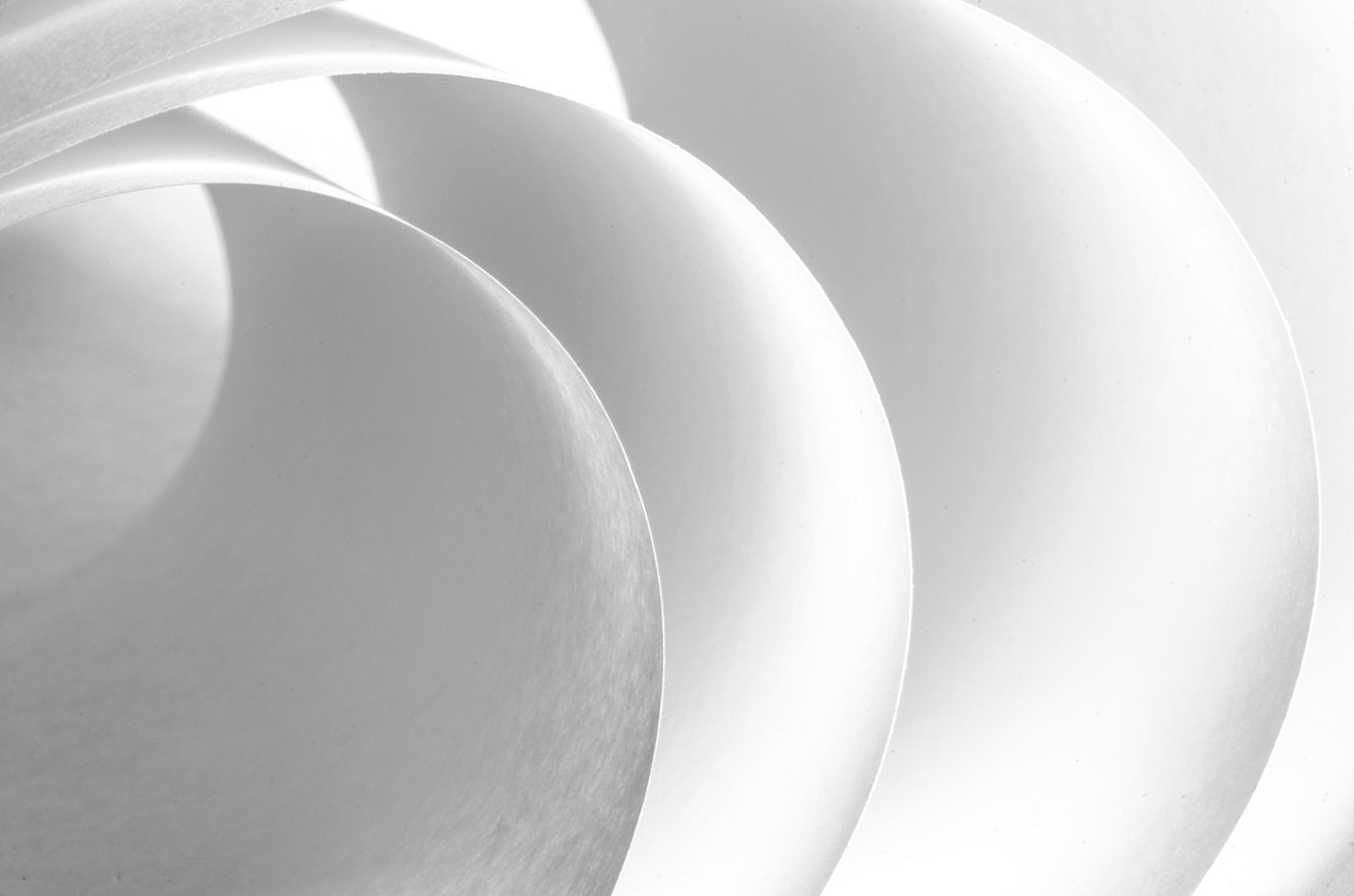Paper by Jack Lungu
Nicholas Brown is a writer and photographer who studies digital photo imaging and printer technology trends. He blogs for 4inkjets.com where he writes about how to best utilize the latest in printer technology. Follow his articles to learn more.
Printing black-and-white photography from home offers you the freedom to experiment with your shots and pursue the best representation of your vision. Having multiple prints made at a print shop takes time and quickly becomes expensive—often without the immediate ability to precisely tweak little details along the way. Having access to professional quality print results from the comfort of your home or studio lets you unlock the full potential of your craft.
There are varying degrees of investment you can put into black-and-white photo printing from a simple thrifty hobbyist level to establishing a personal mini-print shop with professional-grade gear. This guide is designed to give insights to working professionals and advanced amateurs who are looking to take their prints to the next level.
Monochrome Ink Levels
Standard home and office printers usually operate in a three-color spectrum for printing color images. Cyan, Magenta, and Yellow are combined with a flat black to create all the colors you can capture with a camera. As you would imagine, this is often less than precise for replicating the diverse range of colors found in nature.
Professional grade photo printers will utilize a much larger spectrum of hues—eight or more in many cases—to get photo quality. For black-and-white photographers, the range of grayscale tones is especially important for obvious reasons. The right photo printers for black-and-white images will have multiple black and grey exclusive ink pots to accurately represent the full range of grey tones and achieve a deep, true black for shadowing that isn’t made up from a series of color images.
Why is this important? Two words: color casting. Making grey color spectrum tones from multiple colored inks can result in echoes of the original ink colors in the grey and black tones, leaving behind a magenta or bluish tint on your shadowing.
The best printers for black-and-white photography have multiple grayscale pots in black and gray, often both in gloss and matte finishes, to accurately match the tones in the image. Some more advanced B&W photographers will custom fill specialized inks into their printers to match the specific needs of their imagery.
Look for printers that feature pigmented inks for black and gray pots, as these inks are designed to stay true for longer than other cheaper inks.
Supported Media Sizes and Types
The size and type of paper you print photographs on can be as much a factor in how they look as how you edit a photo. Different types of paper will interact differently with printer inks, and knowing how to manage each can give you a great leg up when pinpointing your aesthetic.
The thickness and finish of paper can vary widely depending on its intended use, and many artist grade photo printers are designed to accept alternative media such as canvas as well. As a rule, your paper should be acid free to help preserve the longevity of your prints. Combined with pigmented inks, museum-grade acid free paper like Epson’s Velvet Fine Art paper can hold images longer than standard prints with sharper clarity.
Consider the size of the prints you anticipate producing most often when you are selecting a printer as well. While having the option to print super-oversized 44-inch landscapes with a HP DesignJet Z3200 is great, if your style is better suited for smaller sizes that means a good amount of cropping, cutting, and waste.
Specialty Drivers
Chances are when you think about printing you aren’t thinking too much about the driver your printer uses. But the driver is immensely important for controlling your results when producing gallery-quality prints from your snapshots.
Specialty drivers called Raster Image Processors or RIPs add an extra degree of control over your prints, allowing you to fine tune in ways standard drivers simply do not. This includes managing levels of black density that give you the type of clean, dramatic shadowing in your darker tones, as well as settings to match your print to different sources of artificial light. Some RIPs can be customized to print on different types of paper and canvas to maximize the clarity and sharpness of your black-and-white print. And, of course, RIPs are designed with settings to print in black-and-white to get precise shadowing and lines on the technical end.
Popular RIPs like the ImagePrint RIP and the QuadToneRIP feature modes designed to minimize unsightly color casts. Selecting the right RIP for your print needs can be costly, but many high end printer manufacturers are now customizing their drivers to better suit the needs of print professionals and photographers. This expense pays itself off quickly with the results you get printing the best quality photos, however.
Top Black-and-White Photo Printers
With dozens of high-quality photo printers available to choose from, knowing which one will best suit your black-and-white printing needs can be tough. Based on the available features of each, here are some of our favorite printer choices to help you get the best results.
Canon ImagePROGRAF iPF5100. Canon is among the most renowned camera manufacturers on earth. It only makes sense that their photo printers would also be top of the line in regards to features and technology.
The iPF5100 is among the finest state-of-the-art photo printers available at an affordable price point. It prints vibrant color and B&W images from 12 pigmented ink pots, four of which are dedicated black and gray pots in matte and glossy finishes. The iPF5100 features a large format 17” width and automatic print calibration for accurate oversized prints every time.
This Canon printer is also among the fastest photo printers on the market, and can produce a full color A2 size image in two minutes.
Epson Stylus Pro 4900. Epson has long been a leader in photo printing technology. The features that come with the Stylus Pro 4900 are perfectly in line with that tradition.
Paired with top quality HD pigmented ink pots, this printer features a custom RIP driver for precision quality color management and environmental customization. Epson’s dedication to both the software and hardware side of print-shop quality photos is apparent for both color and B&W prints, where Three-Level Black Ink technology manipulates different shades of black and grey to improve gray balance and shadowing without creating color casts.
HP DesignJet Z3200. HP’s DesignJet series has something for every black-and-white photographer. From professional quality large format prints for the home to state of the art print shop quality printers, there’s a model with features and pricing suitable for your affordability needs.
For example, the Z3200 comes in two maximum print widths for oversized prints in 22” and 44” increments. This model features built-in spectrophotometers to match color clarity and tonal accuracy to your shot. The Z3200 comes stocked with HP’s Quad-black ink set perfect for recreating natural looking grays and deep, rich black shadowing in B&W photos. The Z3200 also features with HP Gloss Enhancer for smoother high gloss photo finishes.
Finally, if you are primarily working in black-and-white for gallery-quality prints, it’s probably worth designating one photo printer in your studio as “only B&W.” While it may seem unnecessary, the reality is that color inks will often get caught in the head of even the highest grade printer. Flushing the color ink out to stop color bleeding is a pain and doesn’t always completely work.
When you are looking to present your vision perfectly, little mistakes can take away from the overall effect (and make it far more difficult to sell your prints). Designating a printer in your studio for exclusively printing black-and-white photographs will help keep printer heads clean and make producing artist grade B&W photos easier.











Leave a reply